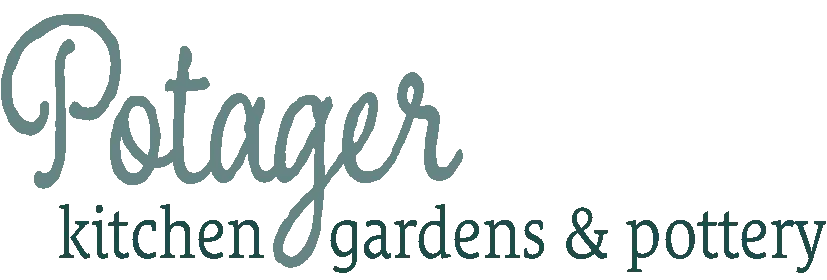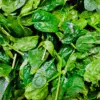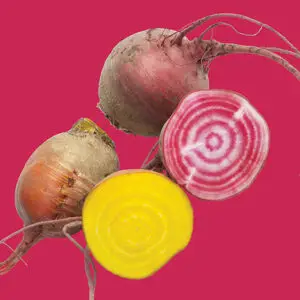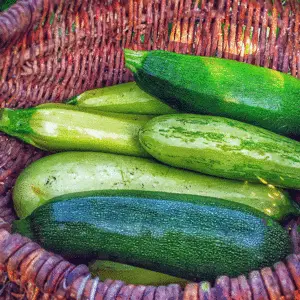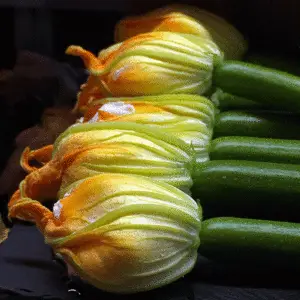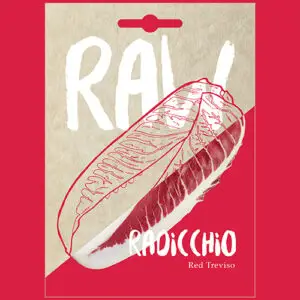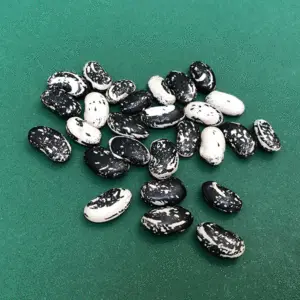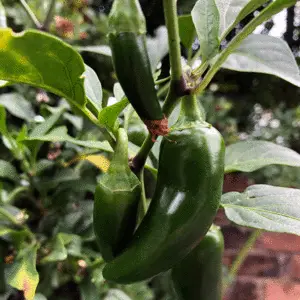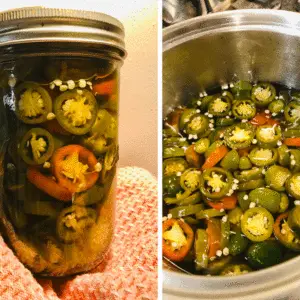Squash – Caserta
R30.00 incl VAT
This bush squash’s growth habit saves space that would otherwise be lost to sprawling squash vines. You’ll still need to allocate each plant a square metre or so as this excellent producer seems determined to show off.
Caserta produces beautiful flowers (edible, of course) and then gorgeous zucchini/courgettes/baby marrows which have an almost varigated appearance. Of course, if you don’t pay attention to the plant’s high production rate, you’ll probably end up with at least one mega-marrow to stuff and bake.
Sow seeds in situ. These plants do well in either open ground or in large pots. Bees will help transfer pollen from the male to the female flowers which grow on the same plant. Provide lots of organic fertiliser as squash are heavy feeders. They may be affected by bugs but harvest regularly and cut away damage.
Eventually mildew may set in, especially if the plants are growing in warm and humid conditions or their leaves watered late afternoon. Remove affected leaves, and allow air to circulate. Even with these challenges, at least once during the season you’ll find yourself asking ‘So, what do I do with all these courgettes?’
Did you know? One zucchini is called a ‘zucchina’. It contains more potassium than a banana.
Description
This bush squash’s growth habit saves space that would otherwise be lost to sprawling squash plants. You’ll still need to allocate each plant a square metre or so as this excellent producer seems determined to show off.
Caserta produces beautiful flowers (edible, of course) and then gorgeous zucchini/courgettes/baby marrows which have an almost varigated appearance. Of course, if you don’t pay attention to the plant’s high production rate, you’ll probably end up with at least one mega-marrow to stuff and bake.
Sow seeds in situ. These plants do well in either open ground or in large pots. Bees will help transfer pollen from the male to the female flowers which grow on the same plant. Provide lots of organic fertiliser as squash are heavy feeders. They may be affected by bugs but harvest regularly and cut away damage.
Eventually mildew may set in, especially if the plants are growing in warm and humid conditions or their leaves watered late afternoon. Remove affected leaves, and allow air to circulate. Even with these challenges, at least once during the season you’ll find yourself asking ‘So, what do I do with all these courgettes?’
Did you know? One zucchini is called a ‘zucchina’. It contains more potassium than a banana.
Additional information
| Weight | .25 kg |
|---|---|
| Dimensions | 20 × 10 × 3 cm |
